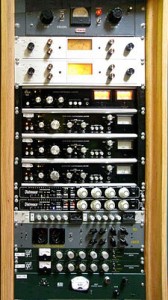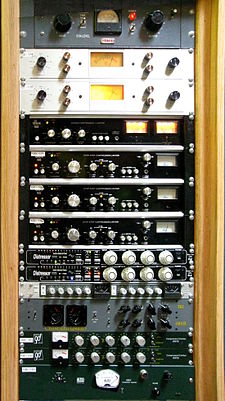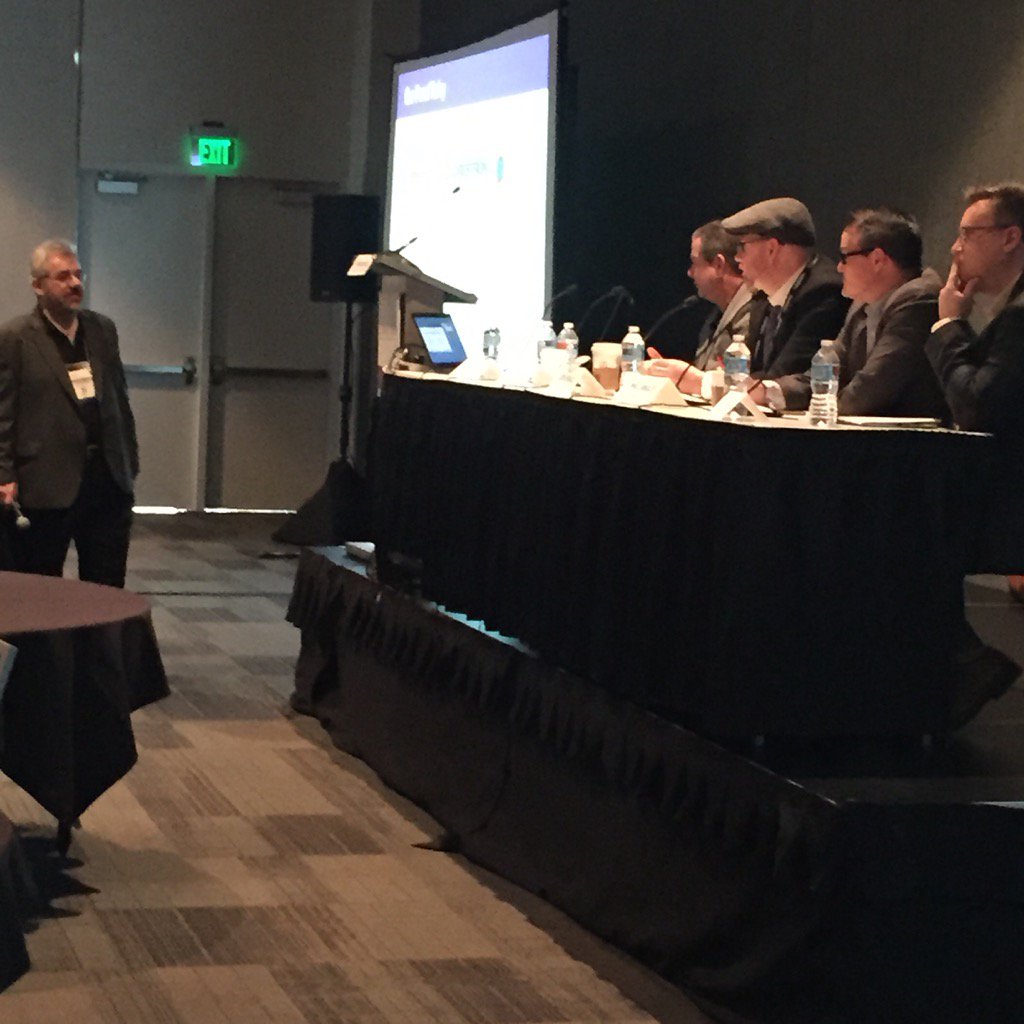At the start of 2014 I found myself fortunate to be asked to participate with the InfoComm Standards and Industry Innovations group. I know that the term standards in the AV industry can sometimes be seen as a little gauche, but it was an honor for me to be thought of in the same regard as individuals whose work I have followed since I started in the AV industry. Our goal for this group was to start the information gathering so that we might look to establish an audio gain structure standard, but that was just the start. By setting that fundamental standard we would be able to accomplish a series of future standards that InfoComm has lined up in queue.
standards in the AV industry can sometimes be seen as a little gauche, but it was an honor for me to be thought of in the same regard as individuals whose work I have followed since I started in the AV industry. Our goal for this group was to start the information gathering so that we might look to establish an audio gain structure standard, but that was just the start. By setting that fundamental standard we would be able to accomplish a series of future standards that InfoComm has lined up in queue.
If you had dropped by the InfoComm Standards booth in Las Vegas this year you would have found my tending the activity I had designed where the idea was to guess where in the digital signal processor we had altered the audio in some fashion. While designing this activity, the discussion came up as to which elements should be altered and exactly how we planned to alter them. The compressor was one that I always like to use to see if people are listening because when used correctly it can be your best friend, but if you become over-reliant on it to resolve your issues you are in for a world of trouble.
The compressor actually turned out to be a bit of a debate as to whether it should be included in a gain structure activity because, as many might argue, it isn’t a part of the gain structure settings. My response to this was this is an activity to get people interested in sharing their experiential knowledge and possibly educate others about audio elements. Why would we leave that out?
My counterpart in the activity planning was John Murray, who provided one of the best points that I will continue to steal moving forward when he discussed the concept of the location of the compressor in a DSP not being optimal because the signal has already passed through the analog-to-digital converter and input gain stage. If at any point while passing these parts of the input stage the signal were distorted it would no longer matter if compression was applied because one would only be compressing a distorted signal. That’s very sage wisdom he provided for future audio programmers because it shows the importance of gain structure prior to signal manipulation.
The compressor, as an audio processing element, is specifically designed to have an assigned threshold. Once that threshold has been breached, the compressor will actively turn the signal down based on the settings that have been programmed. My college professor described this as shortening the distance between the peaks and valleys of the audio signal. By adjusting the loudest points of the audio and decreasing them in volume, the overall level of the signal can be increased while, hopefully, not reaching into distortion.
It is possible to distort a signal inside the audio compressor, just as it is possible to remove the dynamics of a performance in the compressor. For example, I was recently asked to assist a couple of young engineers with a song they were mixing. It was a hip-hop track with two singing vocal parts and two rapping vocal parts. The first qualifier they made before hitting play was “the bass is too loud.” After listening to the track two times through I found that it wasn’t so much the bass was too loud, but that the vocals were not front and center in the mix standing out from the other elements of the song.
It was a this point I started examining the levels of the vocal tracks as compared to instruments and decided that it was time to compress the signals. As the engineers and I worked through each of the vocal tracks and applied the independent compression to them, they started to take on a new life as the front focal point of the music. The danger we were attempting to avoid was in making sure that the levels were consistent throughout while also ensuring that it still sounded like a natural voice.
When an engineer over compresses an instrument on a track, or a track in total (I’m looking at you Apple), the faintest brush of a cymbal can come across almost as loud as the hardest crash. The whispered beginnings of a ballad can sometimes come across with the force of a full belting diva. This is the kind of limited dynamic range you want to avoid when applying compression to your audio signals.
The compressor is there to help your mixing, to aid in level control by ensuring that the loudest signals will not distort and that the overall level will accommodate a softer voice or sound. But this does not mean that the answer to every audio level problem is turning to make adjustments to the compressor. I’ve seen audio engineers actually mix a live show by adjusting compressor settings on the fly. This act alone tells me they missed the many days of discussing proper gain structure in any educational development they had.
The compressor is your friend. Proper use of this device is what sets the brilliant engineers apart from the hobbyist in the home studio. It is not the end all, be all for level correction, it is an aid to improve the balance in your mix and gain a little bit more control over a potentially wavering signal level.





